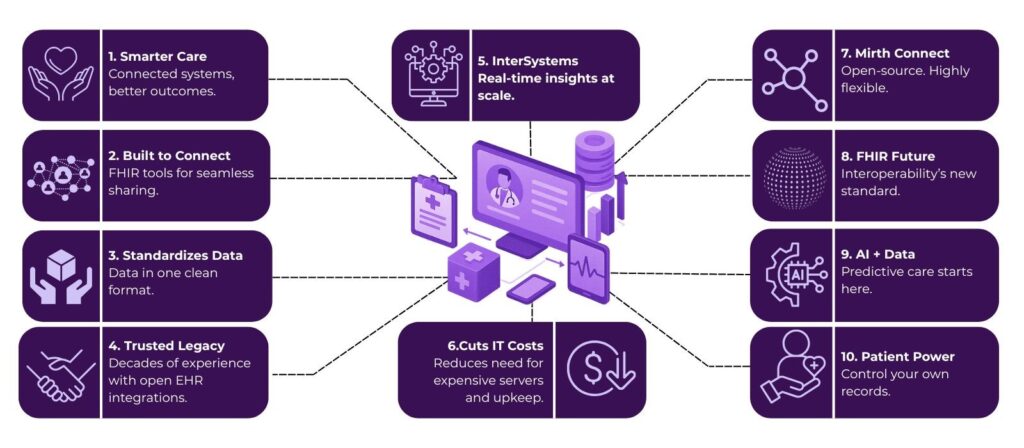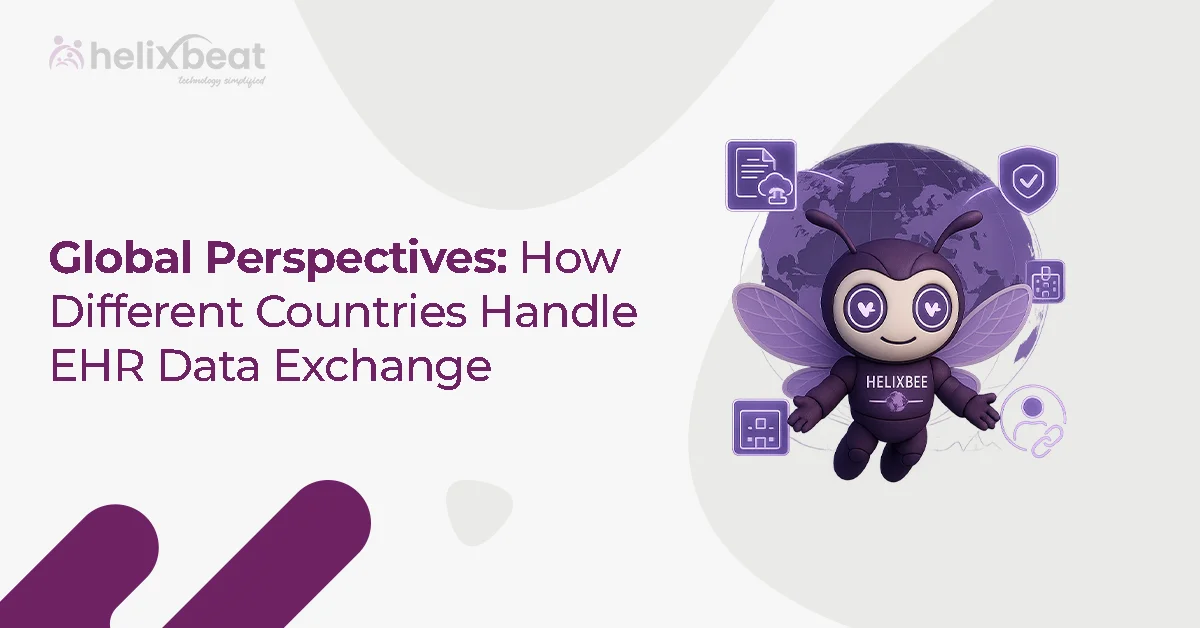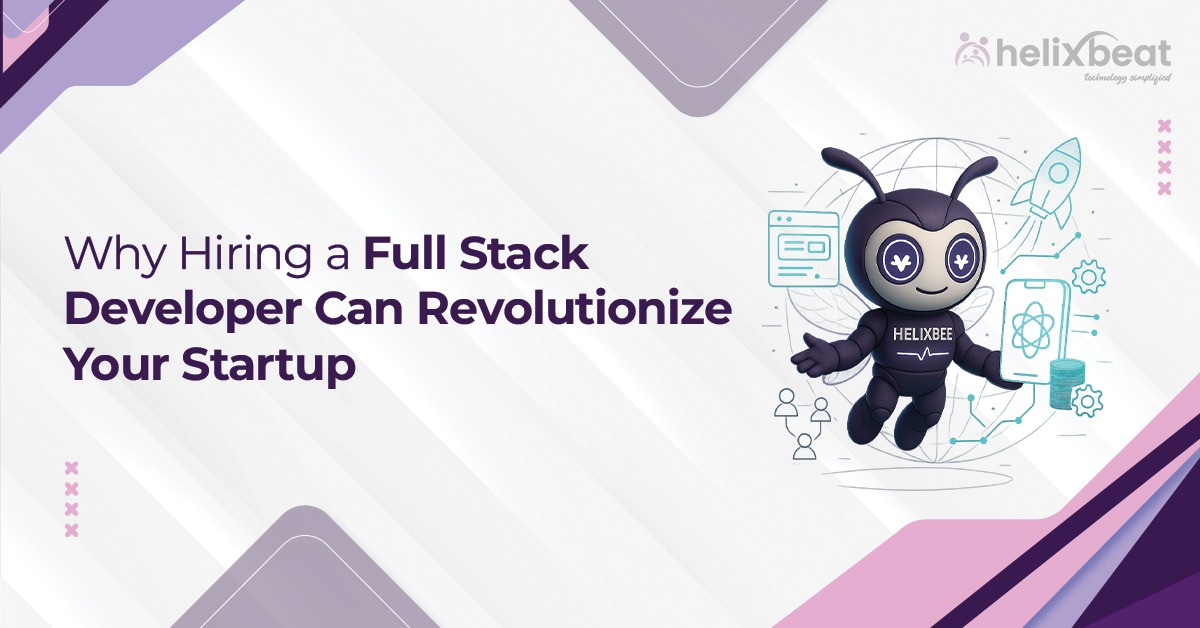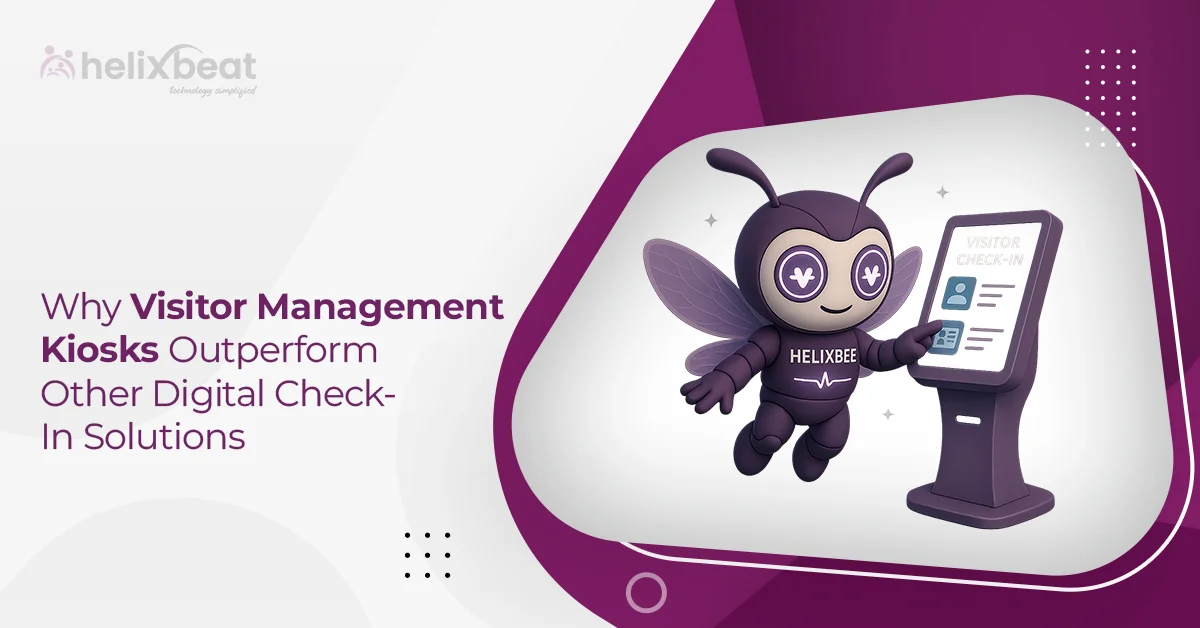Healthcare today is changing fast, and one thing has become clear: different systems need to talk to each other smoothly to provide the best care. That’s where healthcare interoperability solutions come in—helping doctors, hospitals, and devices share important information quickly and easily. When this happens, patients get better care, teams work smarter, and costs go down.
Some companies are pioneers in this space, bringing fresh ideas and smart healthcare technology. In this blog, we’ll explore five leading innovators revolutionizing healthcare interoperability.

Table of Contents
1. Helixbeat
Helixbeat is an emerging leader in the healthcare interoperability market. Their comprehensive ecosystem addresses multiple layers of interoperability with specialized solutions designed to work together seamlessly. Here’s a quick look at what Helixbeat offers:
- FUSION: The FUSION FHIR Server supports HL7 FHIR standards, the global benchmark for healthcare data interoperability. It’s like a central hub that helps different healthcare systems instantly talk to each other within a hospital network. FUSION provides a robust, scalable platform that manages complicated healthcare workflows and clinical data exchange with precision and security.
- AERIS: This solution focuses on real-time data standardization and sharing. AERIS takes all types of healthcare data from labs, providers, and systems and turns them into one clear, easy-to-use format. By doing this, AERIS breaks down communication barriers so patient info flows instantly where it’s needed most.
- PULSE: PULSE, a patient management software by Helixbeat, streamlines patient engagement and operational workflows. It leverages interoperable data to provide clinicians and administrative staff with a unified view of patient records, appointments, and care plans. This helps patients get better care and have a smoother experience.
- GENIUS: Serving as the API gateway, GENIUS hosts and manages the full suite of FHIR APIs utilized by FUSION, AERIS, and PULSE. It acts as the connective tissue, allowing developers to access, use, and build upon the interoperable data services Helixbeat offers. This modular API approach encourages innovation, flexibility, and rapid integration in the healthcare IT landscape.
Why Helixbeat?
- Implements cutting-edge FHIR API technology for seamless data sharing.
- Offers secure, cloud-native platforms tailored for healthcare ecosystems.
- Supports complex clinical workflows and revenue cycle processes.
- Provides dedicated developer support and custom integration services.
- Acts as a bridge between legacy systems and modern healthcare applications.
By enabling smooth healthcare system connectivity, Helixbeat helps unlock better patient experiences and operational efficiency.
2. Cerner Corporation
Cerner is one of the oldest and most established companies in the healthcare IT industry. With decades of experience, thousands of providers use their healthcare interoperability solutions worldwide.
Their platform helps integrate Electronic Health Records (EHR), laboratory systems, pharmacy management, and more. By prioritizing open standards and collaborative efforts, Cerner helps hospitals bridge disconnected systems.
What’s notable about Cerner?
- Comprehensive EHR systems integrated with interoperability modules.
- Strong partnerships with health networks and government health agencies.
- Use of SMART on FHIR technology to support app development.
- Active involvement in national interoperability initiatives.
- Robust analytics and clinical decision support embedded in solutions.
While Cerner is a giant in healthcare IT, it continues to innovate by enhancing interoperability features for increasingly complex healthcare environments.
3. InterSystems
InterSystems HealthShare is a widely recognized interoperability platform, providing tools to aggregate, share, and analyze clinical data across organizations.
What sets InterSystems apart is its deep focus on data normalization and real-time analytics. The HealthShare platform uses advanced data integration techniques to harmonize data from diverse sources, including EHRs, medical devices, labs, and patient-generated data.
Highlights of InterSystems HealthShare
- High-performance data sharing with support for HL7, FHIR, and other protocols.
- Comprehensive population health management features.
- Scalable cloud and on-premises deployment options.
- Tools for patient engagement and care coordination.
- Strong emphasis on data governance and security.
Many large health systems rely on InterSystems to build connected care networks that improve patient outcomes and reduce fragmentation.
4. Redox
Redox is a cloud-based healthcare integration platform designed to make interoperability easier and faster. Their approach focuses on providing a developer-friendly API that connects healthcare applications with existing health systems without extensive custom coding.
Startups and digital health companies particularly benefit from how Redox simplifies linking with EHRs, labs, pharmacies, and payer systems.
Key reasons Redox stands out
- Easy-to-use API that accelerates integration projects.
- Extensive network covering most major EHR vendors.
- Real-time data exchange with built-in data normalization.
- Focus on reducing the complexity of healthcare integration.
- Transparent pricing and developer support for innovation.
The Redox platform is often called a “universal translator” because it connects healthcare applications and legacy systems quickly and accurately.
5. Mirth Connect by NextGen Healthcare
Mirth Connect is an open-source integration engine widely used in healthcare interoperability projects. Now part of NextGen Healthcare, Mirth Connect offers a flexible and customizable way to exchange healthcare messages between different systems.
One of its biggest strengths is the ability to handle a variety of healthcare messaging standards, such as HL7 v2, DICOM, FHIR, and XML, making it a versatile tool for many healthcare IT teams.
Why Mirth Connect is popular
- Open-source foundation encourages community contributions.
- Flexible transformation and routing capabilities.
- Supports a wide range of communication protocols.
- Cost-effective solution for small to medium healthcare providers.
- Strong developer ecosystem and extensive documentation.
Although it requires technical know-how, Mirth Connect has played a crucial role in numerous interoperability implementations, particularly in hospitals and regional health information exchanges.
What the Future Holds for Healthcare Interoperability Solutions
The race for better healthcare interoperability solutions is far from over. The future points toward:
- Greater adoption of FHIR standards: FHIR is setting the stage for faster, easier data sharing.
- Increased use of AI and analytics: Smarter use of interoperable data will drive predictive care and personalized medicine.
- Patient-centered interoperability: More solutions will empower patients to control and share their own health information.
- Cloud-native platforms: Scalability, security, and accessibility will improve as more vendors move to cloud infrastructure.
- Regulatory momentum: Governments worldwide are pushing for interoperable health IT through mandates and incentives.
Final Thoughts
Healthcare interoperability solutions have become a backbone for modern medical ecosystems. The innovators listed here are at the forefront of transforming fragmented healthcare data into actionable insights that improve care quality, operational efficiency, and patient satisfaction.
Contact Helixbeat today if you want to learn how interoperability can transform your healthcare organization.














